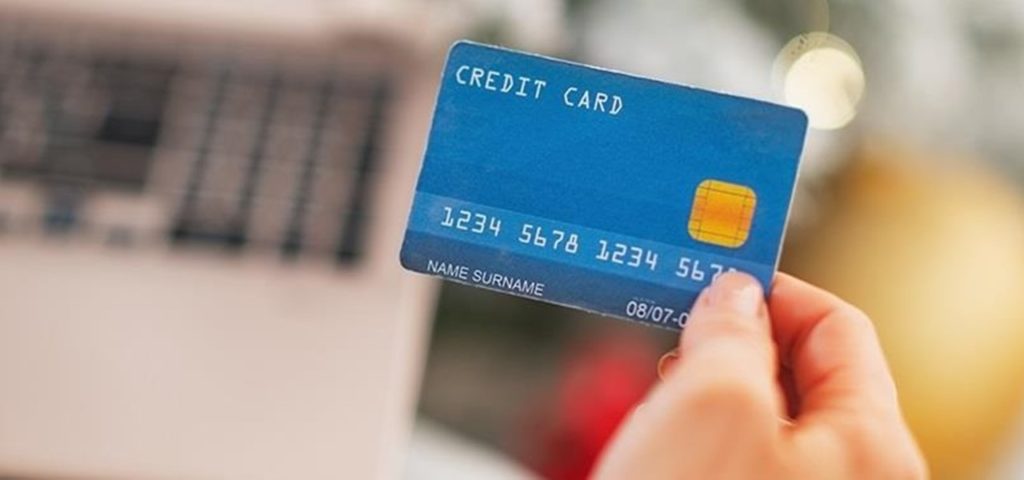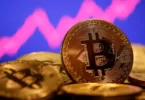5 Lessons I’ve Learned from having my Credit Card Hacked about recently one incidence happen with me, One morning when I was in a hurry to get to work, everything went wrong in an instant: an SMS message alerted me to an 8000 INR. Charge to my credit card for a purchase that I never made. What did I do next? I blocked my credit card, filed a claim at the bank, and got a new credit card issued. I must say that in the end, all the troubles were resolved and I got my money returned to me. Mostly, thanks to my prompt reaction.
However, how it all ended is not the purpose of the story — it is about the lessons that I’ve learned.
5 Lessons I’ve Learned from having my Credit Card Hacked

Promptness is what matters
It applies to any bank in the world: the faster you react and prove that there was a hack, the better the chance that you will have to get your money back.
In order to succeed, you need to be notified of unsolicited transactions ASAP, ideally via SMS notifications.
Daily e-mails on an account status are also OK. Scrupulous tracking of monthly bank reports is a last-resort measure if you’ve got no better options.
I had SMS notifications enabled, so it took me just 5 minutes to block the credit card and claim the unsolicited transaction in question that same day.
All types of insurance will do
Each extra level of protection makes it harder for scammers to reach their goal, and ultimately minimizes your losses. For this reason, you should enable 3D-Secure (MasterCard Secure Code, Verified by Visa) for all online payments and two-step authentication in your online banking tool, choose terminals with chip and PIN support and say no to those requiring only a swipe and signature.
Do online payments only on secure Wi-Fi networks and install a robust antivirus solution on your PC. Additionally, insurance would also help: such products can be activated together with any banking card.
What is two-factor authentication? Where should you use it? https://t.co/h78Cc3ivJ7
I approached all of these measures together. So maybe there had been attempts by scammers to steal money from my credit card before, but I never noticed because these attempts had been fruitless.
Precaution is not a cure-all
Unfortunately, scammers’ wellbeing directly correlates to their ability to bypass all security measures that may be in place. That’s why all of the measures I described above cannot fully protect you.
The most effective way to say goodbye to your hard-earned money is by withdrawing cash in ATMs with scamming software installed by culprits, or by executing online payments on a compromised machine.
In the first case, the criminals would duplicate your card credentials to withdraw cash. In the second case they will spend your funds online.
I have been very cautious with my cards, so I likely fell victim to a more sophisticated approach. As we have learned this year,paying with your credit card at large retailers can be potentially dangerous, if a special Trojan has infected their systems.
This specifically applies to American retailers because often they use outdated POS terminals. My credit card used to be frequently used in the US and there it is likely to have fallen victim to such a scam.
There is one more option that cannot be ignored — a leak of payment data from one of the online merchants.
I have 3D-Secure enabled on my credit card, but a criminal could have somehow managed to track down the shop, which used an outdated processing system with no support of 3D-Secure, and therefore charged my credit card.
Using credit card scams is an organized crime precedent
About a week after that I received a new SMS alerting me to a new attempt to charge my credit card in some other US online marketplace, and another some days later.
The next week there was an attempt to execute an offline payment at a store in Mexico.
I came across the answer in a curious way. After having successfully blocked my credit card, I had no reason to worry for about a week.
But then I received a text message alerting me to a new attempt to charge my credit card in some other American online marketplace, and another some days after that.
In a week’s time there was another, notifying me of an attempt to execute an offline payment at a store in Mexico.
All attempts were, ultimately, unsuccessful due to the fact that the credit card was blocked. That meant that someone who stole my credit card credentials resold it to various people (presumably in the form of a database with thousands of other credit card credentials), and each of them tried to use it again and again.
Always have a plan B
And plans C, D and E also would be useful. In my case, the hypothetical loss was not that significant, and no serious harm would have been inflicted even if I were unable to regain my money.
Promptness is what matters when your credit card is hacked.
However, some of my friends have lost a good deal of money due to scams like this. Some of them have even faced this situation while on vacations, and then simply had nothing left to cover any immediate expenses like food or fares.
In order to avoid such situations, you’d better have a minimum of two or, even better, three or four credit card.
Use different payment systems, have credit card issued by different banks, and distribute your budget evenly. One dedicated credit card should be used only for online payments and you should avoid storing large sums on it.
One convenient option is virtual credit card issued by many banks specifically for online payments.
Check this out: Since, demonetization Paytm business has grown multi-fold and people started using this digital wallet much more than ever before. But, many of us do’t know about – How to transfer money from one mobile wallet to other digital wallet? Or Transfer money from PayTM to other mobile wallet? So, these link take you to that solution. How to transfer money from PayTm to other mobile wallet?
Read this also:







Leave a Comment
You must be logged in to post a comment.